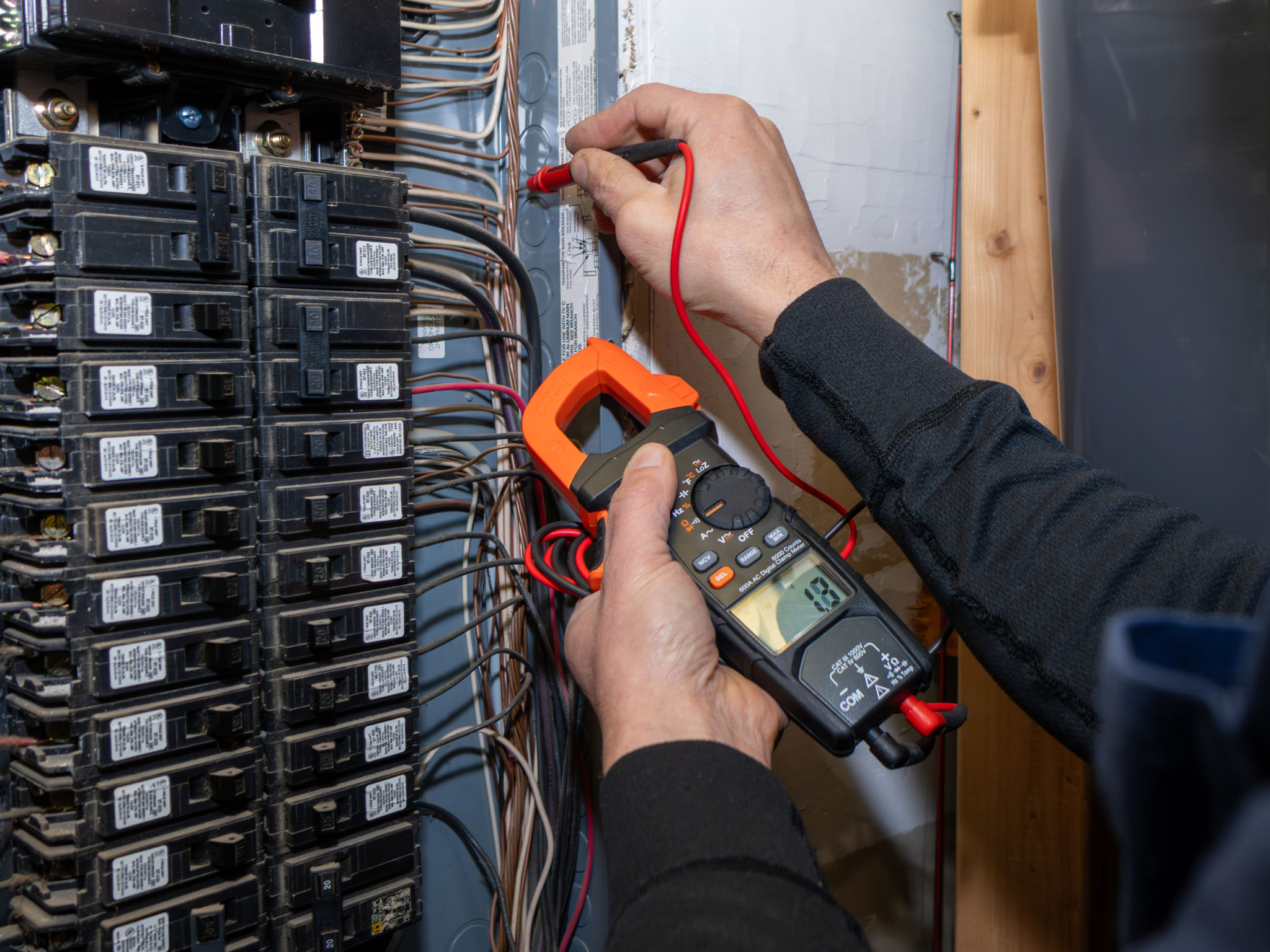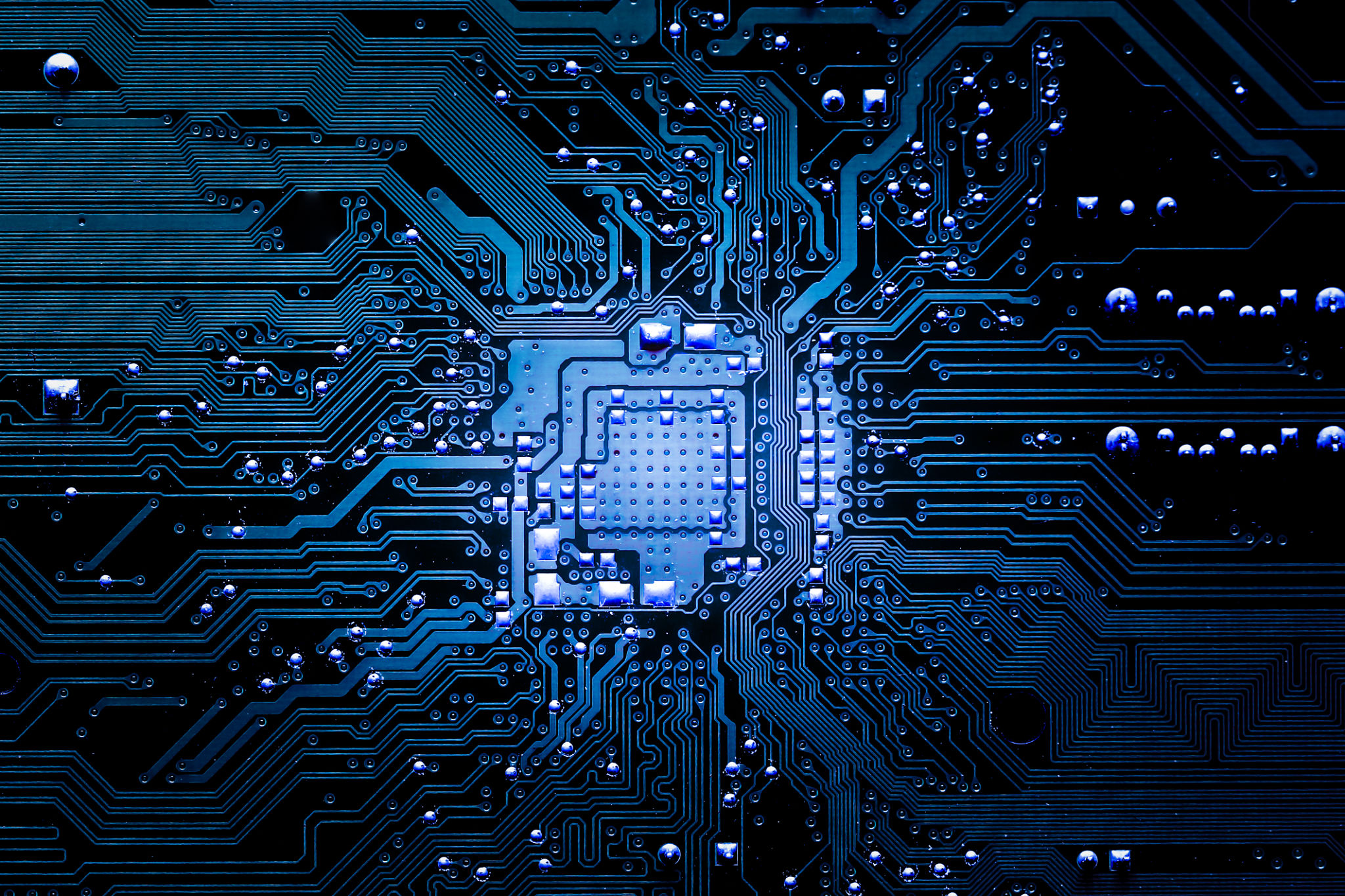Seasonal LED Lighting Maintenance: Ensuring Longevity and Performance
Understanding the Importance of Seasonal LED Lighting Maintenance
LED lighting has become a popular choice for both residential and commercial settings due to its energy efficiency and long lifespan. However, like any other type of lighting, LEDs require maintenance to ensure they continue to perform optimally. Seasonal maintenance is crucial as it helps in addressing specific challenges that different weather conditions may present.
By conducting regular maintenance during seasonal changes, you can prevent potential issues that might reduce the lifespan of your LEDs. This proactive approach not only saves money in the long run but also guarantees consistent lighting performance throughout the year.

Routine Cleaning and Inspection
One of the most significant aspects of maintaining LED lights is keeping them clean. Dust, dirt, and debris can accumulate on LED fixtures, affecting their brightness and efficiency. Regular cleaning should be part of your seasonal maintenance routine. Use a soft cloth and a mild cleaning solution to wipe down the fixtures carefully.
Alongside cleaning, conducting a thorough inspection of the lighting system is essential. Look for any signs of damage, such as cracks or frayed wiring, which could lead to more significant problems if not addressed promptly. Early detection and repair are key to preventing further damage.
Checking for Electrical Issues
Electrical issues can significantly impact the performance of your LED lights. Seasonal changes, especially those involving temperature fluctuations, can affect electrical connections. It's important to check for loose wires or connections that might cause flickering or complete failure of the lights.
If you're not confident in identifying or resolving electrical issues yourself, consider hiring a professional electrician. This ensures that any problems are addressed safely and effectively, preserving the longevity and performance of your lights.

Adjusting for Seasonal Lighting Needs
The lighting needs of a space can vary with the seasons. For instance, during the winter months, you may require more lighting due to shorter daylight hours. Conversely, in summer, less artificial lighting might be needed. Adjusting your LED settings accordingly can help optimize energy usage and extend the lifespan of your lights.
Consider using programmable LED systems that allow you to schedule lighting changes automatically based on the season. This not only enhances convenience but also ensures your lighting is always suitable for your current needs.
Replacing and Upgrading Components
Despite their long lifespan, certain components of LED systems may eventually need replacement or upgrading. Seasonal maintenance is an excellent time to assess whether any parts require updating, such as dimmer switches or transformers that might be outdated or less efficient.

Upgrading components not only improves performance but can also introduce new features that enhance your lighting system's functionality and efficiency. Stay informed about the latest advancements in LED technology to make the most of these opportunities.
Creating a Maintenance Schedule
Establishing a consistent maintenance schedule tailored to seasonal changes is critical for ensuring ongoing LED performance. A well-planned schedule helps you stay on top of necessary tasks, reducing the risk of unexpected failures or costly repairs.
Document your maintenance activities and note any recurring issues. This information can be invaluable in identifying patterns or addressing potential problems before they become significant concerns.
In conclusion, regular seasonal maintenance is essential for maximizing the performance and longevity of your LED lighting systems. By following these guidelines, you can enjoy consistent, efficient lighting throughout the year while minimizing costs and potential disruptions.